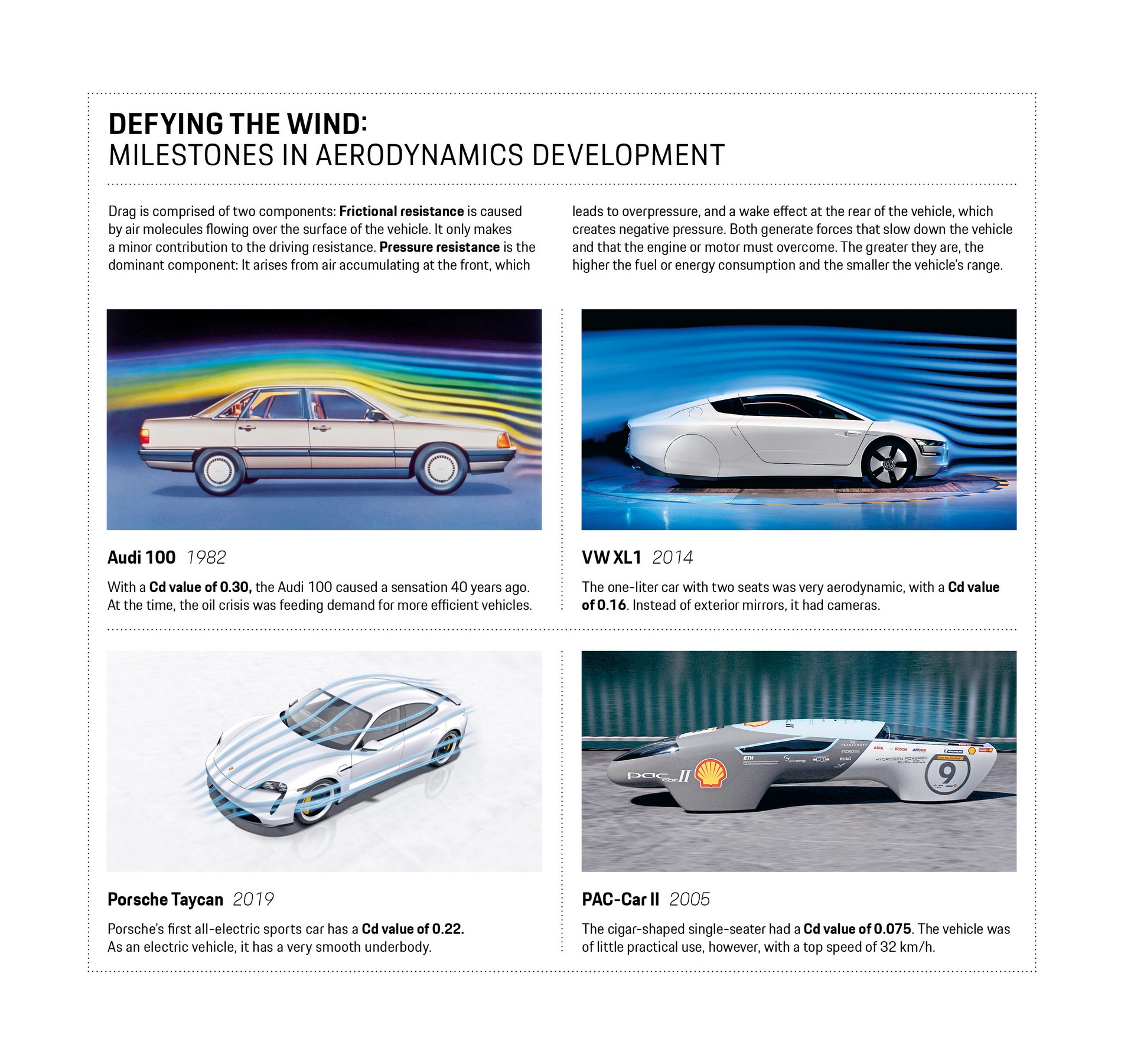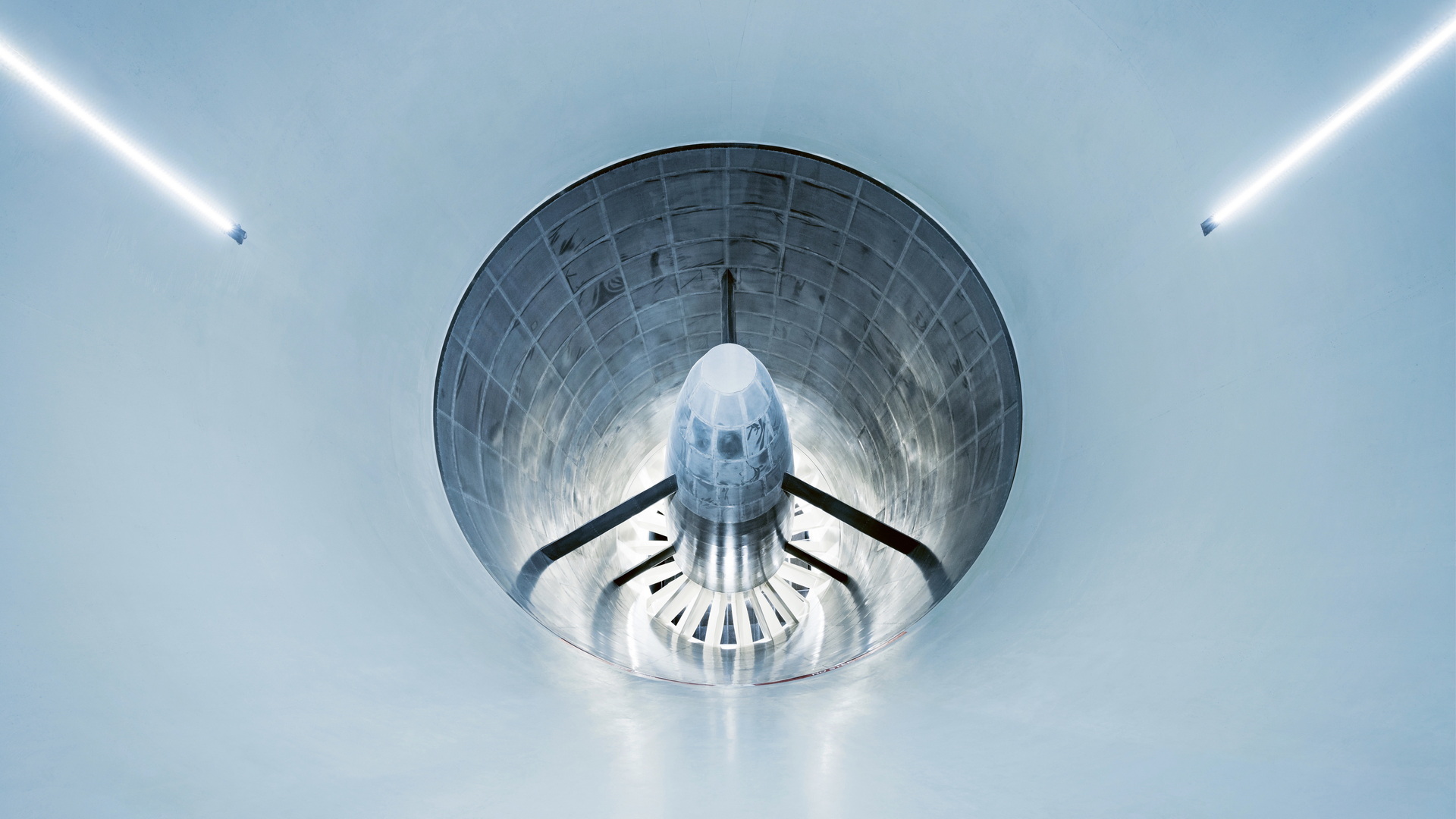As the automotive industry’s transition to electric propulsion accelerates, automakers are looking for ways to make their cars more and more aerodynamic. And that has led to some fascinating and, sometimes, weird solutions.
Porsche recently admitted that, among the methods being tested to make vehicles slice through the air more efficiently, the University of Stuttgart is investigating making a whole car vibrate.
“We are examining whether it is possible to reduce the Cd value at certain points in the car body by systematically introducing vibrations,” said Professor Andreas Wagner, the chair of the automotive engineering program at the university. “If you introduce a defined pulse into the flow around the car using speakers, its separation behavior can be influenced.”
Read Also: How Much More Aerodynamic Can You Make Your Car With A Trip To The Home Improvement Store?
The method still provides some challenges, though, and it’s pretty early in the development stage. Porsche would, as you might expect, want to ensure that the method doesn’t impact the N and the V in NVH (noise, vibration and harshness) too badly.
“We have to make sure, for example, that passengers don’t hear any buzzing or humming,” said Wagner. “That still has some way to go before series production.”
The automaker is also working on ways to make its EVs more aero efficient that are closer to production. Active aero, for example, still has plenty of untapped potential to make vehicles move through the air with less resistance. Helping them along are better and better simulation tools.
“Computational fluid dynamic simulations have become enormously important in the last 20 years,” Wagner says. “People have better understood the mathematical methods, developed more accurate tools, and also increased the processing power of the computers.”
There’s still room for improvement there, though. Computers struggle to simulate the effects of rotating tires on the air, for instance, and their deformation under the weight of a vehicle is also very hard to accurately simulate. Intelligent algorithms are now being developed to help, and artificial intelligence is expected to contribute significantly to the field of aerodynamics.
“AI algorithms could generate new data from a stock of existing data through interpolation and extrapolation,” said Dr. Thomas Wiegand, the manager of aerodynamics R&D at Porsche. “This would allow us to plan specific experiments and reduce their number. And we would no longer need to measure all variants for classification.”
That research won’t mean that all EVs start looking the same. Porsche‘s research is allowing it to become better at making efficient vehicles to allow its designers more freedom, not less.
“A good Cd value can be achieved in different ways. If you want to optimize the rear end, for example, you can change the rear lid height and the diffuser in the underbody,” says Marcel Straub, the lead engineer in aerodynamics and thermal management at Porsche Engineering. “There will be no risk of mistaking one car for another – even for the best vehicles in terms of aerodynamics.”



